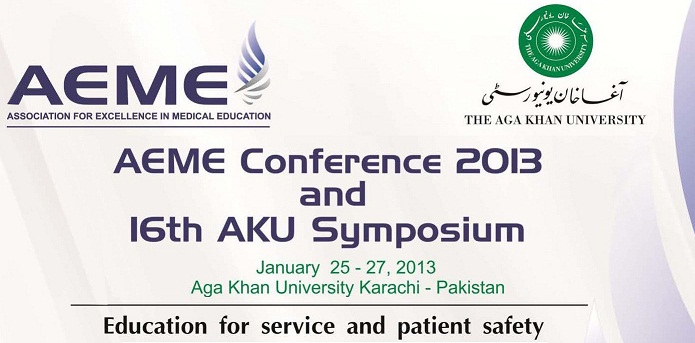Day 2 : Oral Presentations (Theme: Patient Safety)
Exaggerating and retraining factors leading to migraine incidence
Location
Lecture Hall 2
Start Date
27-1-2013 9:25 AM
Abstract
Background: Migraine is a neurological disorder with primary episodes of headache pain affecting populations worldwide. Almost people of all ages and family history are able to develop this pattern of throbbing and unilateral pain with visual disturbance to physical sensations. The key triggers that are most likely to initiate this headache includes psychosocial, economical, environmental or physical stress, hormonal disturbances, dietary variations and high sensitivity to light, smell and sounds.
Method: 186 subject both male and females of different ages from 16-60 years were interviewed to investigate about the key triggering reasons for migraine attacks. Meanwhile they were also inquired by any restraining factors that help them to get instant or long-lasting relief. Evaluation was done on the basis of ICHD-II criteria. Moreover the family history, socio-economic status and demographic data were also noted. We analyzed the data on SPSS version 15.0.
Results: Our results gave a clear view that emotional and mental stress was the key trigger that can exaggerate the feeling of headache with physical strain as the other main burden. Secondly exposure to immense sunlight and bright lights was frequently reported by the people. Other minor initiators observed were lack of sleep, dietary changes, skipped meals, menstruation, and particular smells like fragrance or unpleasant odors. While excessive sleep and medications were noted as chief controls which can restrain headache pain incidence.
Conclusion: In this study, emotional stresses were statistically significant in female. Psychological stress is reported to be a major contributor to headaches. The attacks may be relief by proper medication and sleep.
Exaggerating and retraining factors leading to migraine incidence
Lecture Hall 2
Background: Migraine is a neurological disorder with primary episodes of headache pain affecting populations worldwide. Almost people of all ages and family history are able to develop this pattern of throbbing and unilateral pain with visual disturbance to physical sensations. The key triggers that are most likely to initiate this headache includes psychosocial, economical, environmental or physical stress, hormonal disturbances, dietary variations and high sensitivity to light, smell and sounds.
Method: 186 subject both male and females of different ages from 16-60 years were interviewed to investigate about the key triggering reasons for migraine attacks. Meanwhile they were also inquired by any restraining factors that help them to get instant or long-lasting relief. Evaluation was done on the basis of ICHD-II criteria. Moreover the family history, socio-economic status and demographic data were also noted. We analyzed the data on SPSS version 15.0.
Results: Our results gave a clear view that emotional and mental stress was the key trigger that can exaggerate the feeling of headache with physical strain as the other main burden. Secondly exposure to immense sunlight and bright lights was frequently reported by the people. Other minor initiators observed were lack of sleep, dietary changes, skipped meals, menstruation, and particular smells like fragrance or unpleasant odors. While excessive sleep and medications were noted as chief controls which can restrain headache pain incidence.
Conclusion: In this study, emotional stresses were statistically significant in female. Psychological stress is reported to be a major contributor to headaches. The attacks may be relief by proper medication and sleep.

